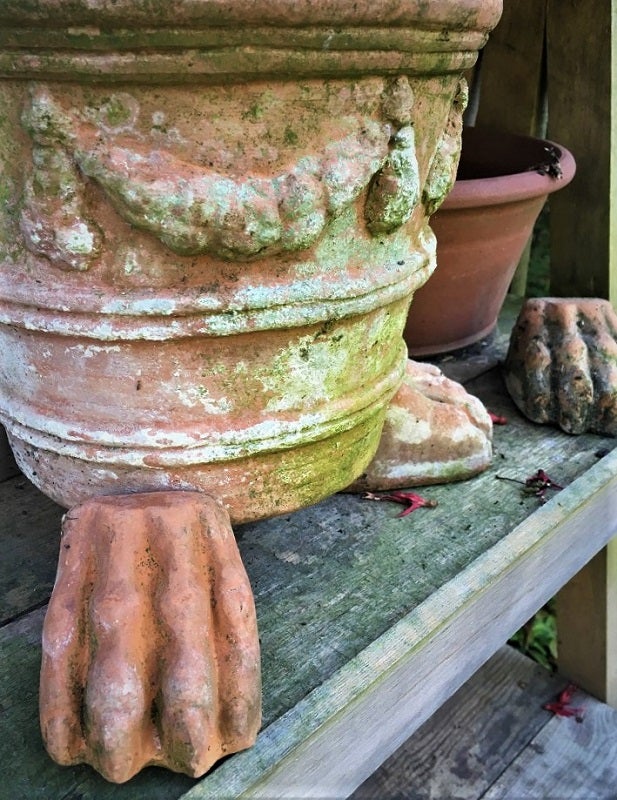Master Gardeners: Preparing plants for Cooler Temperatures
Published 11:04 am Saturday, October 19, 2019
By Sheri Bethard
Orange County Master Gardeners Association
As the fall soon will bring cooler temperatures, we need to start thinking about what to do with our ornamental plants we have outside on our patios, decks and around our yards in pots. Preparing ahead of the first real cold blast will save you some headaches in the long run. Here are some tips to do now to prepare prior to bringing plants indoors to your house, garage, back porch or greenhouse.
First and foremost, you need to check your plants for pests. You do not want to bring those nasty little buggers inside your home or wherever you plan on overwintering your plants. First hose the plants down with a good blast of water. This will remove most of them from the plant. Then you can spray with Neem Oil to rid your plants of pests. It is one of the best organic products on the market to ridding plants of pests.
After you have done this, look each plant over and remove any dead limbs or leaves along with pruning the plant if it has grown quite a bit over the summer. If it needs repotting, now is the time to do so and prune the roots while you have it out of the pot as this will help establish new roots. Be sure to plant in a pot two inches larger than the current pot.
Depending on the number of plants you have to bring inside, acclimating your plants to inside life is a good idea. To do this, when the temperatures get 50°F or lower at night, bring them inside and put back outside during the day. Gradually increase the amount of time over the next two weeks until you have it inside full time.
If you are not able to do this, gradually move those from the sun into the shade leaving them there for a couple of weeks to get use to the difference in light. Then you can move inside.
Once inside, pick an area that has a stable temperature between 60-70°F day round. Temperature fluctuations are not good from plants and neither are being in drafts. For example, by the front door the plant will get drafts along with temperature changes.
Inside the home our humidity runs around 40-percent or less. Plants need much higher humidity levels. Misting your plant several times a day will help provide the needed air moisture they need. Or, you can set up humidity trays. They are small trays filled with pebbles and water. The water evaporates providing humidity to the plants. Be sure to watch as they must be refilled every couple of days. A humidifier is also good to use.
Inside plants do not require as must water as they did when they were outside. If you do not have a moisture meter to check if the plant needs water, stick your finger about one inch below the soil surface. If it is moist, then it does not need water. If it is dry, then water. Most important is not to overwater while the plants are inside. This can lead to the plant dying.
When you brought your plants inside you should have picked out a sunny window to place them near so they could get as much natural light as possible. They still need to get light from the sun in order to photosynthesis or make their food every day. If you do not have any area of natural light you can purchase grow lights. There are grow lights on the market now within everyone’s purchasing ability.
If you put your plants in your garage, make sure there is light for them and also a heat source. Garages do get cold when the temperatures get low. For a time until I got my greenhouse, we used our back porch as a temporary greenhouse. My husband built a frame with 1×1’s and we enclosed it with plastic. I used a small space heater and it worked great.
For those of you who have perennials and other plants in the yard you do not want to dig up, here are suggestions that you can do. First, do not cut them back until spring. IF you cut them back now, they will try to put our new growth that will get hit by the first freeze and damage more of the plant than what would have been damaged had you not cut it back. Mulch, mulch, and mulch around the trunk of the plant. The mulch will keep in the heat and moisture from the ground saving the roots and in the spring your plant will put forth new growth. At that time you can cut it back once you see where it has started to sprout from on the stalks and limbs.
Any questions can be sent via our website HTTPS://txmg.org/orange Contact or call our HotLine 409-882-7010 Tuesday and Thursday 10-2.






